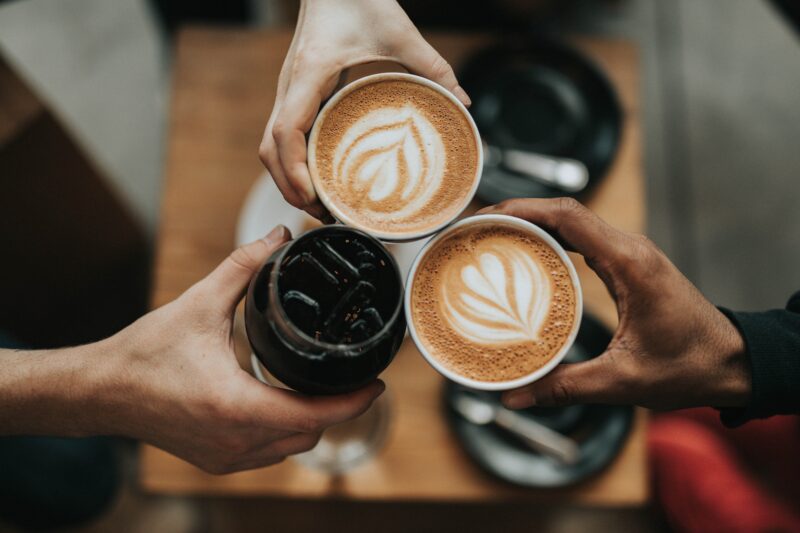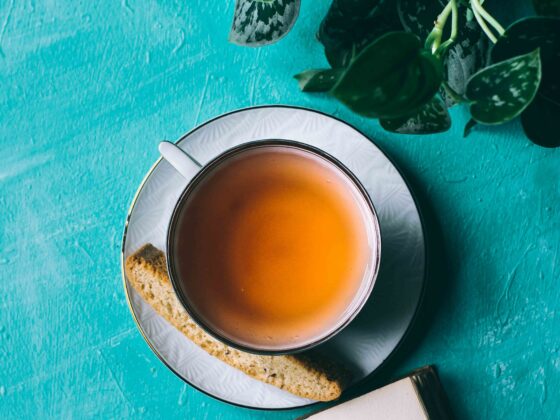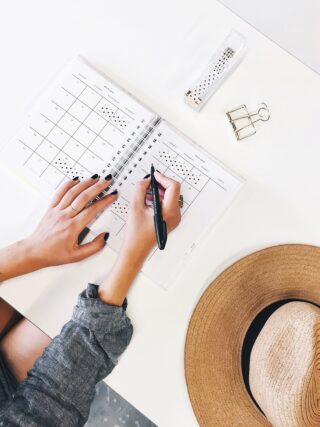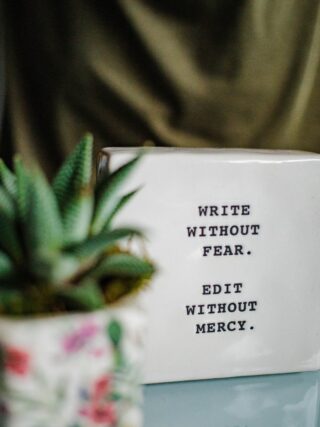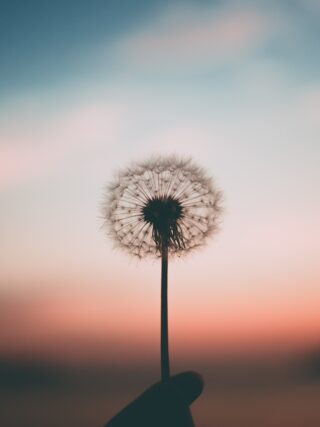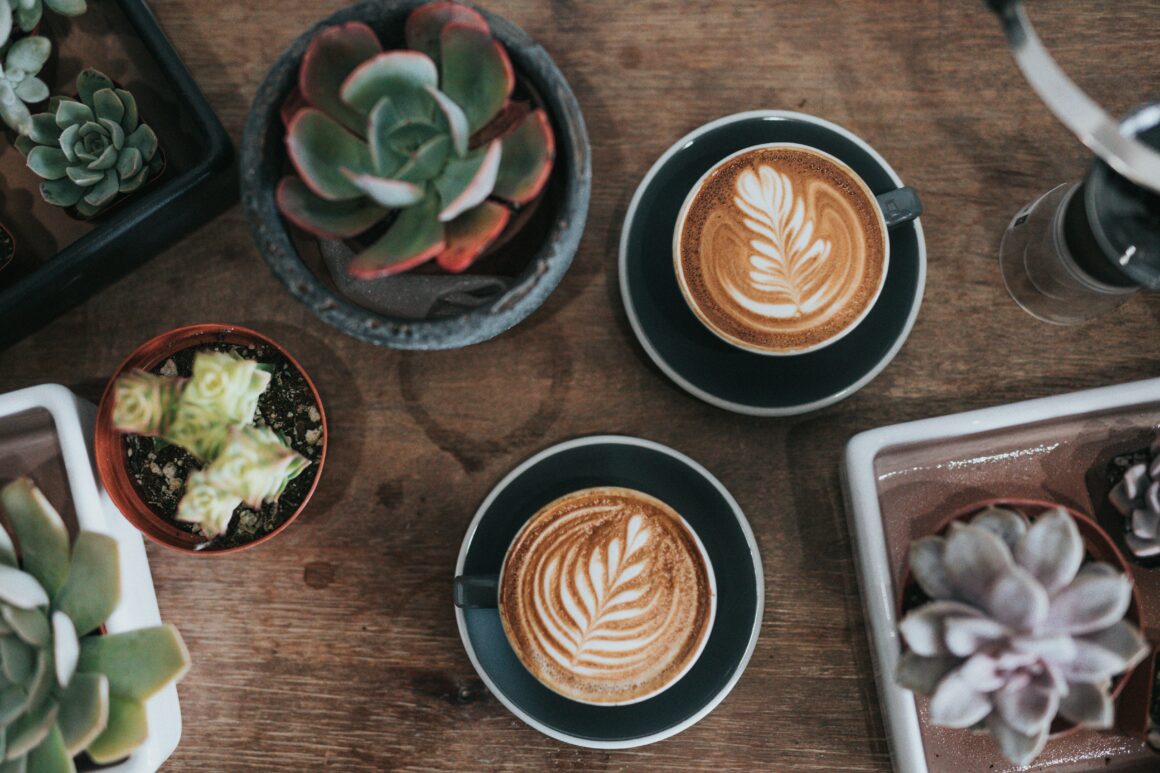I was a shy kid—painfully so—who moved a lot and struggled to fit in wherever my family landed. We were almost, but not quite in poverty, lived at the wrong addresses, and committed any number of faux pas simply by virtue of our circumstances. My brother and I felt like freshwater rainbow trout trying to swim and breathe in saltwater. Only the steelhead variety easily manages that transition.
Middle elementary school was particularly difficult. We’d moved from Kentucky to Colorado, and one afternoon, a set of twins from my school chased me almost home, threatening to beat me up over trying to steal their best friends—another set of twins. Being the new kid was already working against me, but now I stood accused of a heinous act—at least, to young girls—simply because two similarly quiet and shy girls had befriended me. I wasn’t even aware of their friendship with the other twins. During recess, I’d observed the quiet twins playing hopscotch and attempting twirls on the chin-up bars until they kindly invited me to play.
Fortunately, it was the era of brightly colored ponchos. When one of the jealous twins grabbed the edge of my crocheted cape, I quickly ducked out of it, dropped my violin case, music, and books and ran home. My mother and I returned to the scene of the crime. Everything was still tossed in the middle of the street. I suspect the twins felt confident enough to verbally and maybe physically abuse me for trying to be part of something they didn’t believe I was entitled to join, but not enough to attempt vandalism or theft. If they’d pushed it that far, they might have had to explain their bullying to the grownups.
At any rate, I’d already been ridiculed for wearing the ruffled dresses popular in my Kentucky school, curls in my hair on picture day—the kids called me Nellie Oleson—and saying y’all, but the Jealous Twins altercation sealed the deal. I was an outsider.
Though that particular experience seems relatively mild in retrospect, the threat—reinforced by so many other experiences—was real to me. I’ve struggled with feeling like an outsider most of my life, and though it’s lessened somewhat as I’ve approached middle age and beyond, I’ve never completely shaken it. As an author, I’m sometimes irrationally convinced all the other authors are members of The Secret Society of Authors and I can’t quite break the entry code, even though I have two novels published to good reception.
Sometimes, I can manage not to care. Other times, it’s excruciating.
Have you heard of Outsider Syndrome? A quick internet search shows us the hallmark attribute is loneliness due to feeling like one doesn’t belong. If you suffer from Imposter Syndrome, it feels like looking around, bewildered you’re even at the party, but Outsider Syndrome feels like peering through the crack between the ballroom doors, wondering what happened to your invitation.
Lately, I’ve taken a casual interest in the Enneagram, a tool for understanding ourselves and others. Information for my personality type—the Four—well describes the often intense sense of being an outsider:
We have named this type The Individualist because Fours maintain their identity by seeing themselves as fundamentally different from others.…
While it is true that Fours often feel different from others, they do not really want to be alone. They may feel socially awkward or self-conscious, but they deeply wish to connect with people who understand them and their feelings. The “romantics” of the Enneagram, they long for someone to come into their lives and appreciate the secret self that they have privately nurtured and hidden from the world. If, over time, such validation remains out of reach, Fours begin to build their identity around how unlike everyone else they are. The outsider therefore comforts herself by becoming an insistent individualist: everything must be done on her own, in her own way, on her own terms. Fours’ mantra becomes “I am myself. Nobody understands me. I am different and special,” while they secretly wish they could enjoy the easiness and confidence that others seem to enjoy.
After considering this, the question then becomes whether my experiences growing up caused me to feel like an outsider so often, or whether I was simply prone to it by virtue of personality.
Except …
As I’ve read more about Outsider Syndrome, I’ve learned something startling: It turns out nearly everyone feels like an outsider in certain areas of our lives. We may each handle it differently, but this is not unique.
So what this means is …
Everyone walks around feeling not quite right? We all long to connect? We all long to find the right community of people—the humans enough like us to put us at ease?
Who’d-a-thunk-it? (Seriously? Even the Jealous Twins felt that way?!)
Actually, I guess it should seem fairly obvious.
I can’t decide if this realization makes me feel better or worse. When I tell myself I’m an outsider, that I just don’t quite fit in, I can withdraw into my cave and sometimes wallow in it for days. I can use my otherness to excuse my inability to deliver products or perform certain obligations or show up in uncomfortable social situations. When I tell myself I’m a trapezoid in a non-angular world, I can allow myself to back up and OUT when I’m overwhelmed. Rest can be extremely healthy, of course. Never underestimate the value of allowing yourself to take a break when truly needed. But withdrawing can sometimes have the unintended result of even more loneliness. Again, it seems obvious, but I still forget and tell myself I’m better off alone—until I realize I’m not.
Of course, when I begin to understand and acknowledge that everyone (except certain psychopaths) walks around occasionally or even often with O for outsider on their shirt pocket, I have to reckon with my heart.
Perhaps I’ve depended too much on being different as an excuse. And perhaps as a person who feels things in the extreme, that sense of being different really does affect me more. It’s important to be both honest and gentle with ourselves.
Finding this new balance might be challenging, but it could also be extremely important. Maybe if connection wasn’t so necessary—so critical—to staying alive, we wouldn’t bother.
For a moment, imagine a world where we didn’t ever attempt to find close friends or soulmates in order to feel communion. Or where we didn’t sometimes summon up the courage to claw our way into places we’re told we don’t belong in order to bring about acceptance and social justice. Imagine the kind of world where we just didn’t bother to seek and make those connections. Do you want to live in that world?
It turns out I really don’t. I want to try to dive more fully into this pool of perfectly imperfect humanity. I want to be with others who are trying just as hard as I am most of the time. If it means being reminded I’m an outsider now and again, well, I guess that’s simply the risk in diving.
Maybe, if we are all strangers in a strange land, we each feel and read and write and talk and act in our own desperate desire to connect.
I write novels about outsiders. (Thank you, S. E. Hinton for showing the way, literally.) About people who live at the margins or who do things that send them there. About victims of social injustice or family dysfunction who feel incredibly alone until they find new communities or friendships that help them recover and reclaim belonging.
Perhaps this is my story, but also everyone’s story, told again and again for all of us to read and recognize.
Julie Kibler is the author of Home for Erring and Outcast Girls and the bestselling Calling Me Home, which was an IndieNext List pick, Target Club Pick, and Ladies’ Home Journal Book Club Pick, published in fifteen languages. She has a bachelor’s degree in English and journalism and a master’s degree in library science and lives with her family, including four rescued dogs and cats, in Texas. Her latest novel, Home for Erring and Outcast Girls, is an emotionally raw and resonant story of love, loss, and the enduring power of friendship, following the lives of two young women connected by a home for “fallen girls,” and inspired by historical events. Visit her online and follow her on Twitter and on Instagram.
Author photo credit is: Ben Burke

